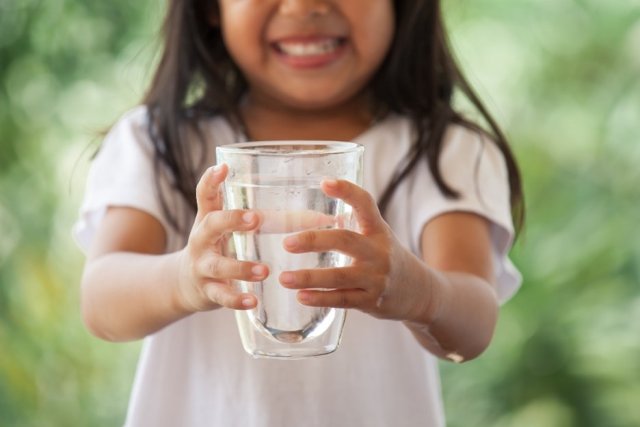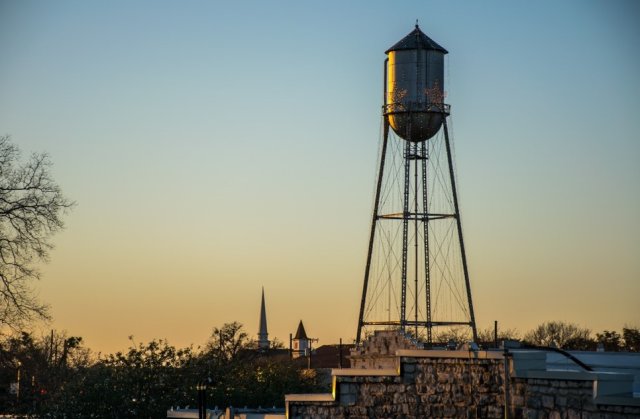Water Affordability Resources for Consumers

Water affordability is a complex issue that affects many people, including lower-income households, senior citizens on fixed incomes, and those who experience short-term disability or job loss. Many low-income households across the U.S. struggle to pay their water bills. When the cost of water services increases, households face difficult choices that can lead to broader economic impacts. High water bills can force families to cut back on other essential expenses, such as food, healthcare, and education.
- What is EPA doing to address water affordability?
- How am I charged for water?
- What factors impact my water bill?
- How can I conserve water (and thereby reduce my water bill)?
- I can’t afford to pay my water and/or sewer bill – what should I do?
What is EPA doing to address water affordability?
EPA is committed to ensuring all Americans have access to essential clean and safe water services. EPA recently prepared a Report to Congress, characterizing the extent and prevalence of water affordability challenges throughout the U.S. and providing options for reducing the prevalence of a lack of access to affordable water services. EPA is continuing work in the water affordability space, including continued research and understanding of water affordability, and promoting tools, resources, and best practices on water affordability. Updates and new work products will be posted to EPA’s Water Affordability webpages as they become available.
How am I charged for water?
Water billing varies between different water providers. Some customers are billed for the amount of water they actually use through metering, and others are charged a flat fee regardless of their water usage.
Metering allows both consumers and suppliers to know exactly how much water is being consumed so they can appropriately charge the consumer for the water they use. Wastewater charges are also normally based on the amount of water used. When water is billed based on metered consumption, consumers see a direct financial reward for their conservation efforts. Suppliers use meters to gain insights on the amount of water and ensure revenue. From both a consumer and a supplier point of view, metering is an invaluable aid to conservation efforts. According to EPA's 2006 Community Water System Survey, approximately 33 percent of water utilities use a flat fee for drinking water or drinking water combined with other services. While a flat fee offers a high degree of certainty for users, it does not provide an incentive to conserve because the quantity of water used has no effect on a user's bill. This can be a problem in drought-stricken areas or areas where water supplies are strained by growth or multiple and competing demands.
Learn about Understanding Your Water Bill.
What factors impact my water bill?

Your water bill may be impacted by many factors including your water usage, the billing structure your utility uses, the geographic area in which you live, and other factors related to the costs for your utility to operate and maintain its water services infrastructure. There is a perception that water is readily available and that water services are generally inexpensive, however that is not always the case. Many utilities are facing rising capital and operating costs due to aging infrastructure, treatment standards, inflation, supply chain disruptions, deferred maintenance, delayed rate increases, and declining tax revenue. Continued investment in capital programs is required to ensure that water utilities continue to protect health, safety, and the environment.
How can I conserve water (and thereby reduce my water bill)?
Your water usage is impacted by many factors, including your household size, outdoor watering activities, leaks in your plumbing, and use of aging and/or inefficient plumbing fixtures in your home. While some of these factors, like household size, may be out of your control, there are many areas in which you can take steps to conserve water. EPA’s water efficiency program, WaterSense, has a wealth of information on saving water. When you see the WaterSense label on products that use water, you know that those products use at least 20 percent less water than their less efficient counterparts. Read more about how WaterSense partners incorporate water efficiency into Affordability Programs (pdf) (3.85 MB). Keep in mind that your billing structure will influence how much conserving water lowers your monthly bill. Understanding your water bill will help inform this decision.
I can’t afford to pay my water and/or sewer bill – what should I do?

Access to safe and affordable drinking water and wastewater services is essential for human health. Yet, unaffordable water bills are a widespread and growing issue, impacting millions of households throughout the nation.
Many water and wastewater utilities have developed Customer Assistance Programs (CAPs) that use bill discounts, special rate structures, and other means as an approach to help financially constrained customers maintain access to drinking water and wastewater services. These programs help households address issues with affordability and help protect public health throughout the community. They also help ensure the utility can sustainably provide its core services, price services appropriately, and preserve a broad customer base. Learn more about Customer Assistance Programs.
Even if your utility does not have an official CAP in place, they may be able to provide a payment plan if you reach out to the utility and explain your situation.
